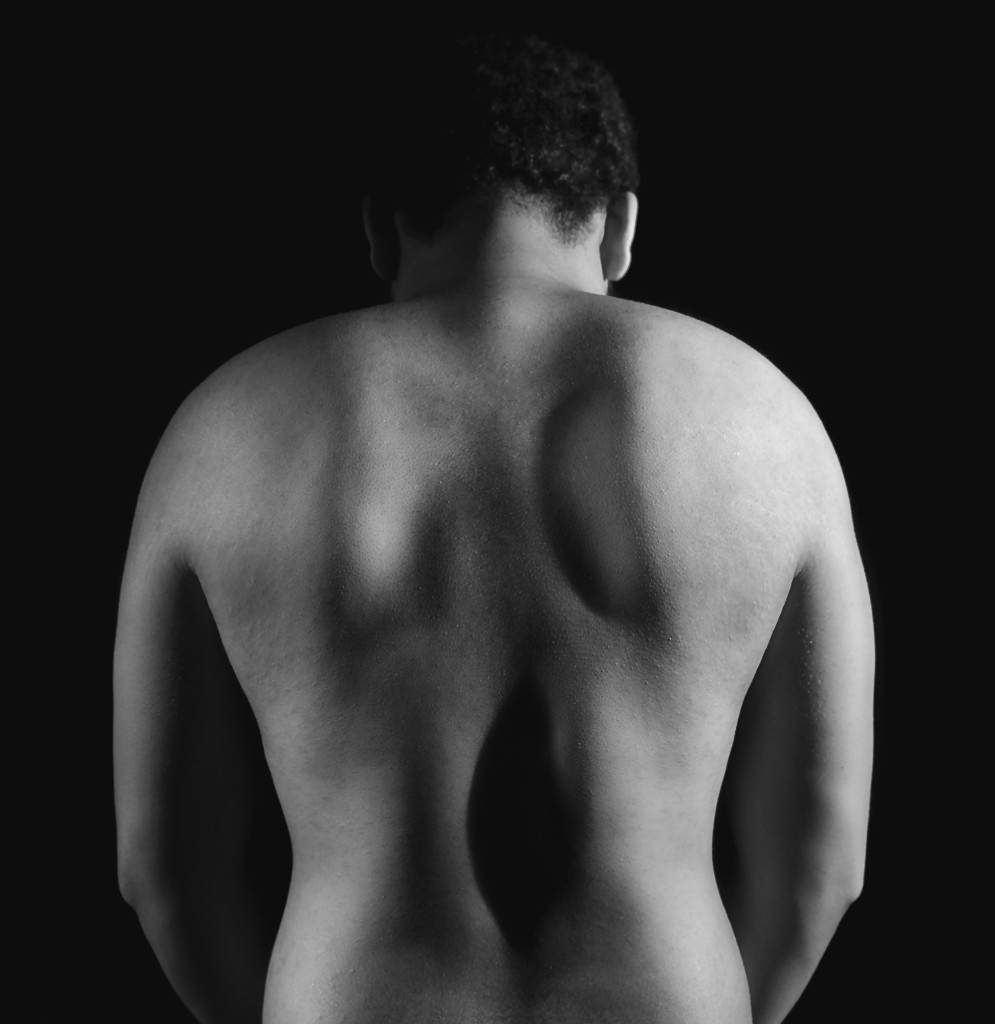Even though she knew that no one at a treatment center would actually laugh at her, part of her worried it would happen anyway.
Seattle University professor of Sociology Dr. Julie Harms Cannon was 47 when she sought help for her eating disorder. She’d been struggling with it since she was 8 years old.
Harms Cannon was apprehensive about seeking help in her forties because she was past the age typically associated with eating disorders. She felt nervous about being taken seriously.
Eating disorders are taboo to talk about, and they are usually mentioned in a stereotypical way. A person struggling with an eating disorder is typically thought of as a skinny, white adolescent female. Usually, they are depicted as battling anorexia—or the restriction of eating—which seems to have become the token eating disorder accompanying this stereotype.
Last week was National Eating Disorders Awareness Week, and one of the ways that the National Eating Disorders Association raised awareness was by showing that eating disorders affect all demographics.
“We want people to know that eating disorders really can happen to anyone, that it’s really a disease that is not to be belittled, and it’s really something that can happen to a lot of different populations where people are just not aware,” said Lauren Smolar, Helpline Manager for NEDA.
According to Harms Cannon, having such a firm stereotype about who is susceptible to eating disorders can have dire consequences for people on both sides of the equation—those that have eating disorders and those that do not.
On the one hand, the stereotypical image gets so overplayed that it begins to not be taken seriously, which is dangerous because there are people still in need of help.
The consequences are also serious for those who struggle with disordered eating but aren’t the stereotypical victim of these diseases. First, they may not feel comfortable identifying as having an eating disorder, and their friends aren’t likely to pick up on it. Secondly, they might not even realize they have one, because they don’t even consider an eating disorder an option.
“I kind of think people know when there’s something wrong, but they can’t define it. Having the ability to define what’s wrong with you, or what is going on, is important,” said Harms Cannon.
That’s because the repercussions are potentially huge, even if someone can’t identify the issue.
“With any eating disorder, honestly, there is a risk of death,” Smolar said.
Harms Cannon said that what ultimately needs to happen is for more people to open up the narrative about the universality of eating disorders.
Seattle University’s Health and Wellness Crew is trying to change the way that people discuss eating disorders and victims of eating disorders. HAWC’s approaches include addressing eating disorders as a mental health issue.
“We have this confusion of health and our appearance,” said Kara Ortbal of HAWC.
Ortbal said that our ingrained perception of health is heavily image-based, but that in reality, healthy can look like a lot of different things. Failing to recognize this means harmful repercussions all around, in that people perpetuate this incorrect notion of health.
“On a personal level, I have always been very thin,” Ortbal said. “And it wasn’t ‘til a year or two ago that I started working out. And I didn’t have the pressure to, because I was perceived as thin and therefore healthy.”
Just as people with eating disorders don’t all appear one way, neither do the disorders themselves, and this can be one of the things that make them harder to identify.
According to Ortbal, exercising obsessively can also be an eating disorder. But it’s one that people are less likely to notice.
This confused image makes it harder to debunk the depiction associated with eating disorders.
According to Harms Cannon, she was surprised to go into treatment and see so many men, as well as people in their 60s and 70s, who were battling disordered eating.
She said that treatment is essential because eating disorders are not
just a phase.
“Your eating disorder isn’t going to leave you unless you get help,” Harms Cannon said.
And therefore, being able to identify an eating disorder in any and all demographics is the key starting point.
According to 2013 data from the National College Health Assessment, 1.2 percent of the undergraduate population at Seattle U has been diagnosed or treated for anorexia within the last twelve months. 2.7 percent of the undergraduate population have been diagnosed or treated for bulimia.
These numbers, of course, do not include those who either haven’t identified their eating disorder, or haven’t sought treatment for it.
“I still walk in the bathrooms here and I hear people purging,” said Harms Cannon.
Harms Cannon said that because eating disorders are so intersectional in one’s life, she recommends a diverse array of treatment, from a personal therapist to a twelve-step method. She said there is not a one-size-fits-all solution, but seeking one that works for you is essential—and it’s not too late to pursue it.
“You deserve treatment,” Harms Cannon said.














